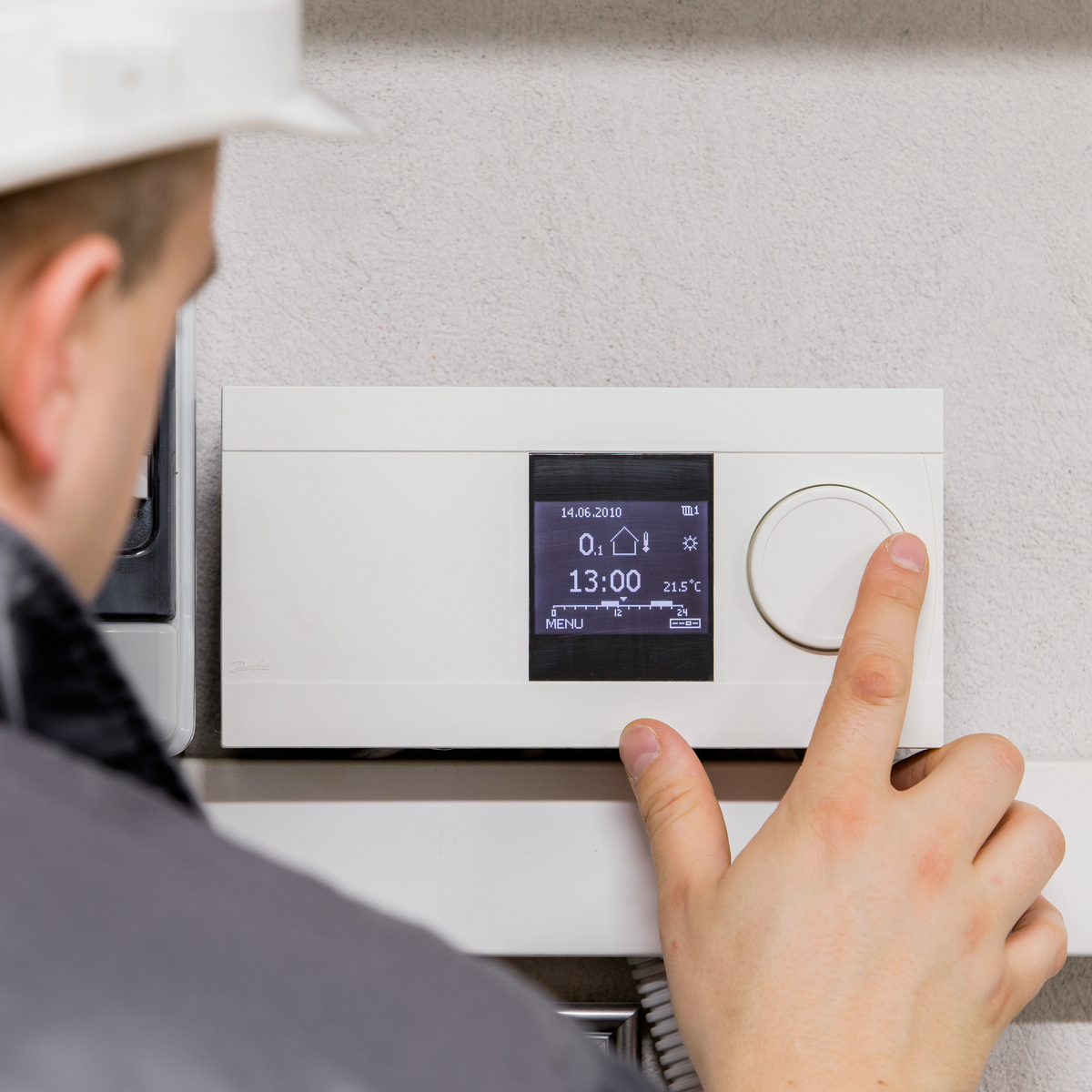
Heating systems often get ignored until they stop working. Unfortunately, there’s also no more likely time for that system to quit working than the dead of winter, when it is freezing outside and you need it most. Luckily, with a little bit of maintenance and planning, you can keep your facility’s heating system maintained and ready to perform this winter.
Why Heating Matters
Of course no one likes being cold, but why should heating be a top priority for your facility? One of the reasons is employee comfort. Keeping employees comfortable is not just about being nice or keeping them safe. Employees who work in heated environments are more productive than those who work in unconditioned spaces. A 2004 Cornell study showed that cold employees don’t work as quickly and make more errors. This raises the cost of their labor by about ten percent. Keeping the production environment heated increases productivity and employee satisfaction.
Related: Is Your Heating Equipment Prepared for Winter?
In addition to keeping employees comfortable and productive, keeping indoor spaces above 50F can help you prevent problems during cold snaps. Although it may be tempting to let unoccupied spaces go unconditioned, there is always the fear of pipes freezing. This is especially important to remember when considering fire sprinkler systems. One of the biggest costs associated with winter weather is the cleanup and restoration cost from water damage after pipes burst. Keeping spaces warm helps to minimize this threat.
How to Keep Your System Running
As with most of the important systems in your facility, preventative maintenance is key. Preventative maintenance helps to limit unexpected downtime and keeps productivity up. Preventative maintenance also helps you know what systems are likely to break (so you can keep parts on hand) as well as knowing what systems will need to be replaced in the near future. Here are some key tips to keep your heating system up and running.
Change Your Filters
It’s hard for your system to pull air through dirty filters, which makes it harder to distribute warm air to the far corners of your building. Dirty filters also cause furnace temperatures to exceed design characteristics, which can lead to systems shutting down or cause damage to heat exchangers. Changing filters on a regular schedule, as part of a preventative maintenance plan, ensures that when a cold snap happens, you don’t have to worry about climbing onto icy roofs to change filters. With the hope that buildings will soon have returning workers, Indoor Air Quality (IAQ) is paramount. Consider upgrading your air filters to MERV 13 efficiency air filters. For the best IAQ results, the indoor coils should be cleaned with a disinfecting coil cleaner, and adding UV sanitizing light filtration should be considered.
Related: Do You Know How to Clean Air Filters?
Inspect Belts and Seals
Do any of your systems use belts to drive fans or impellers? If so, inspect these belts for wear and replace them if necessary. Keeping a backup belt on-site is often a good idea too. While inspecting the belts, check for any air leaks from poor seals. For air handlers inside your building, you can use foil tape or silicone sealant to close up any air leaks around panels or doors. For air handlers outside and on roofs, you can use foam tape on the inside frame of the panel or door to seal them.
Check Exhaust Flues
Vent systems for fuel burning appliances exhaust the products of combustion out of the building. Check that these vents are not leaking and fix them if necessary. Vents leaks can be observed as corrosion holes in metal piping, water dripping from the vents of condensing appliances, or odors of combustion in the space. Inspect any burners, flues or vents for signs of wear or corrosion. Highly corroded burner assemblies may be a sign that a replacement will be needed soon.
Set the Thermostat
Whether your facility uses thermostats or a building automation system, make sure that your facility will stay above 50F at all times to prevent problems. Allowing parts of your facility to get colder than that can result in serious issues. Keep your heating system on overnight, during weekends, and during holidays. This may seem like an expensive proposition, but it will prevent the damage and loss of production in the event of pipes freezing and bursting. Additionally, recovering the space’s temperature when it is occupied (if you turn the heating off when it is unoccupied) could consume just as much fuel as leaving the heating system on at a lower setting.
Spare Parts
You can reference the manufacturer’s literature for lists of recommended spare parts to keep on hand. Additionally, a record of commonly used repair parts can hone your spare parts inventory to the things you need the most to keep your facility operational. It may make sense to keep those spare parts on-site, so that your maintenance personnel or HVAC contractor can have them readily available.
Heat Pump Maintenance
Heat pumps in this region are typically efficient down to approximately 30 degrees. Most heat pumps are equipped with auxiliary heat packages (AHP) to support the heat pump output for temps below 30 degrees. The auxiliary heat packages need to be checked out for proper performance. The AHP also serve as emergency heat should the heat pump fail. Additionally, the refrigerant charge and the defrost controls should be inspected as well.
Keeping a heating system functional and well-maintained is critical at this time of year. You may already have a lot on your plate, so let us help you out. The experts at Tate have got you covered - just give us a call any time.
